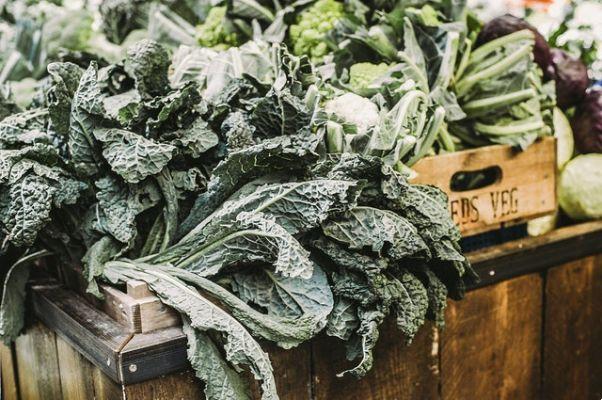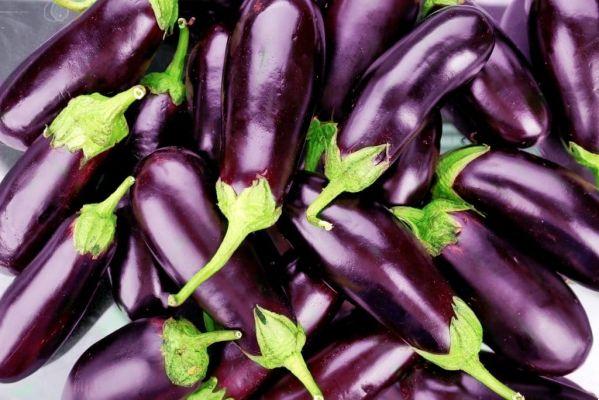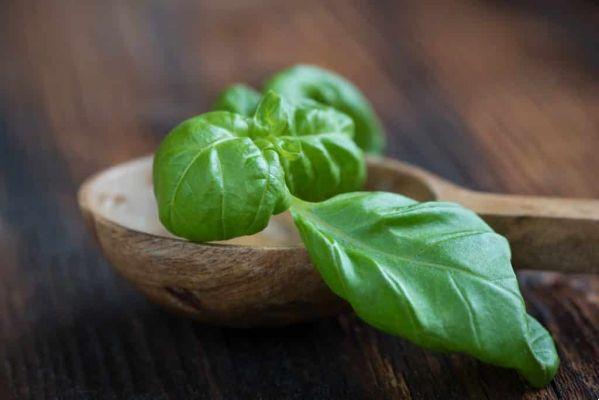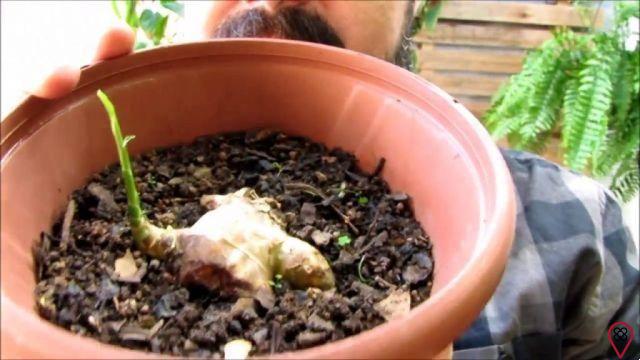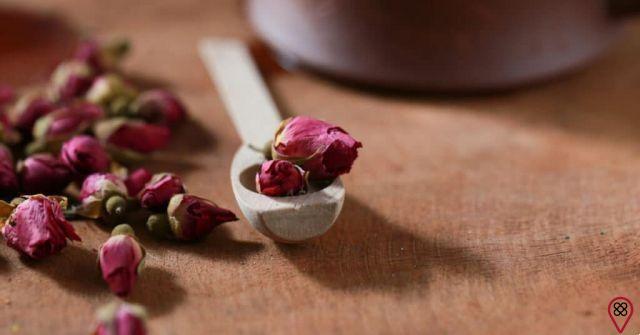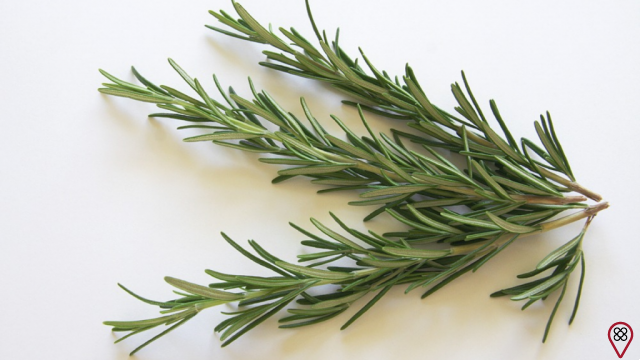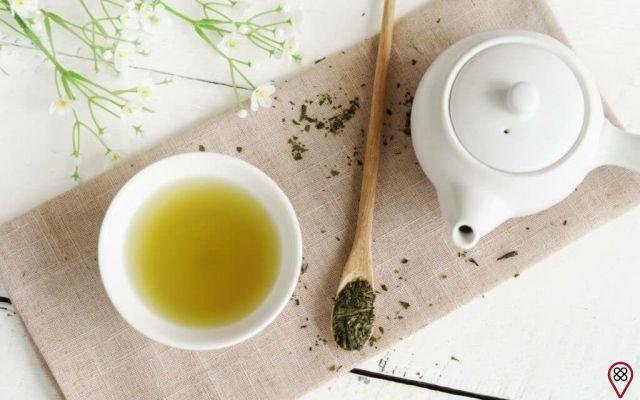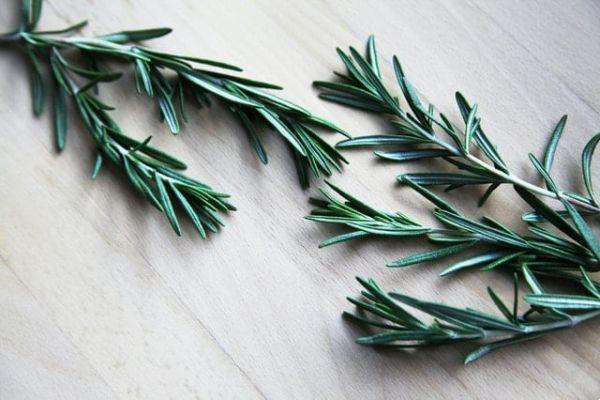If you like to take advantage of all that nature has to offer, you must have made a tea to relieve an upset stomach or prepared a relaxing herbal bath. That's because the plants that surround us have fundamental components for a person's physical and mental well-being.
But how can we discover the usefulness of each herb? And those that are poisonous? To avoid confusion and misunderstandings, there is a type of knowledge that analyzes medicinal plants in detail. So have nature as your ally by learning about herbalism, next!
What is herbalism?
Herbalismo, from the English term “herbalism”, is also known in Spain as phytotherapy. From this form of knowledge, the effects of medicinal herbs on the human body are studied, both to treat diseases and to complement the diet of an individual.
However, some of the practices related to herbalism are not evidence-based, following clinical trials. Even though more studies are carried out on the components of numerous herbs every year, the technique still generates some disbelief, being considered a pseudoscience or a placebo.
Despite this, it is a fact that throughout history countless civilizations have used nature's resources to keep the mind and body healthy. This ancestral knowledge is a fundamental part of herbalism. So find out what the origin of this practice is!
history of herbalism
5.000 years ago, the Sumerians recorded on clay tablets everything they knew about hundreds of plant species. As ancient peoples were gatherers, knowing the effect of herbs was not only a matter of well-being, but also of survival.
Other records on medicinal plants have been found in the Ebers Papyrus, a medical treatise from Ancient Egypt, dated to around 1500 BC. In the document, the most important information about about 850 herbs that we use until today, such as garlic and aloe, were recorded.
In addition, the medical document that is one of the foundations of Ayurvedic medicine, the Rigveda, from the same period, reveals that Indians also devoted hours of study to plants. That is, in several communities, herbs were an important object of analysis, as they were used for food and for the treatment of diseases.

Based on popular knowledge about plants and personal experiences, the Chinese Emperor Shen Nong wrote a book uniting all the information, called “Shen Nong Ben Cao Jing”. In it, Shen listed the characteristics and effects of 365 medicinal herbs. By testing all of them, the emperor is believed to have poisoned himself 70 times a day.
However, the main scientific classification of plants was carried out by Aristotle and Theophrastus, who separated herbs according to the size of each one of them. Later, in the Middle Ages, Benedictine monasteries translated ancient texts on medicinal plants, but without carrying out new research.
Still, men and women of Europe continued to experience the powers of medicinal herbs, potentiating them with sympathies, spells and prayers. Unfortunately, with the Inquisition, this type of practice came to be considered witchcraft. As a consequence of this, it became more difficult to establish such contact with nature.
However, with the passage of time, the Modern Age brought the exchange of spices between nations, so new studies could be carried out on the effects of each plant. Currently, they continue to be investigated and used in herbal medicine.
to delve deeper
If you want to participate in the discoveries about the uses of medicinal plants, expanding your knowledge about the world and about history, there are some books that will help you. Surprise yourself with each of them:
1) “The Big Book of Medicinal Plants”, 2018
In “The Big Book of Medicinal Plants”, herbalist Andrew Chevallier describes how plants have been used on every continent throughout history, as well as how they are used today.
2) “Plants and Civilization: Fascinating Stories from Ethnobotany”, 2016
Luiz Mors Cabral, in “Plants and civilization: fascinating histories of ethnobotany”, investigates surprising stories about plants that were part of remarkable events across the planet. He even reveals which plant originated the heart design we know.
3) “The Complete Guide to Medicinal Plants: Herbs from A to Z to Treat Disease, Restore Health and Well-being”, 2019
In the book “The Complete Guide to Medicinal Plants: Herbs from A to Z to Treat Disease, Restore Health and Well-being”, David Hoffman, herbalist, shows how plants can be used naturally to bring more physical and mental health. mental.
You may also like
- Find out if plants have feelings like us
- Explore the benefits of herbal medicine
- Connect with nature with simple tips
Taking into account the information you have just read, you can already understand that herbalism can be a revolution in your contact with nature. Keep learning about this subject to renew your health with the medicinal herbs that are part of your life.




